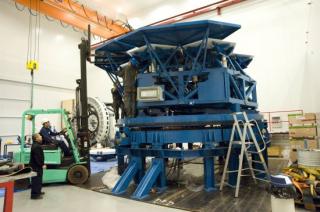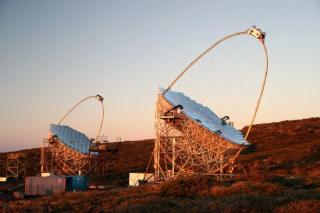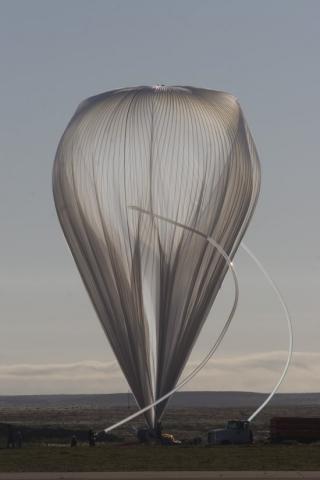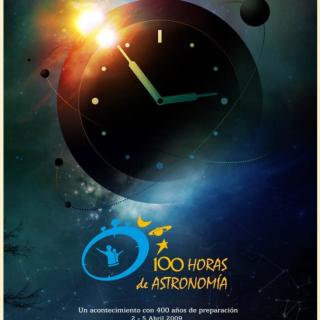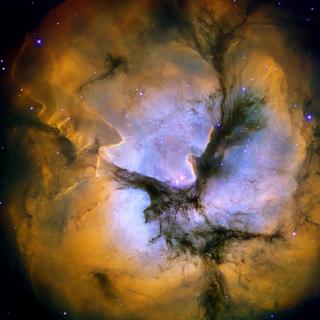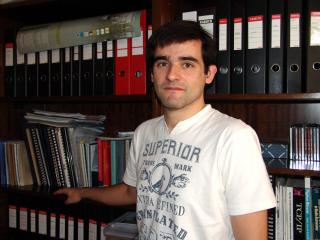
JOSÉ GÁLVEZ. IAC Tal vez fuese un encuentro breve, pero muy fructífero. José Alberto Rubiño, investigador del Instituto de Astrofísica de Canarias (IAC), tiene facilidad para hacerse entender y sabe cómo utilizar el lenguaje para que cualquier persona pueda entender algo tremendamente complejo. Si alguien le habla del fondo cósmico de microondas, la reacción más normal sería quedarse con cara de bobo. Sin embargo, si le explican que se podría decir que es la huella dactilar de Big Bang, la cosa cambia. El tema todavía se vuelve más interesante al conocer que esta radiación ha llegado hasta
Advertised on
